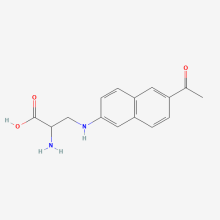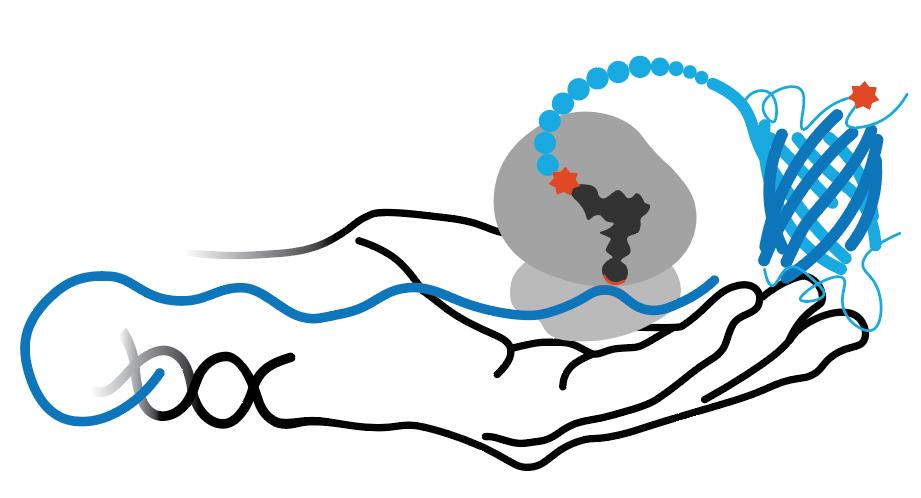RS/tRNA Foundational Publication Support
Lee, Hyun Soo, Jiantao Guo, Edward A Lemke, Romerson D Dimla, and Peter G Schultz. (2009) 2009. “Genetic Incorporation Of A Small, Environmentally Sensitive, Fluorescent Probe Into Proteins In Saccharomyces Cerevisiae.”. Journal Of The American Chemical Society 131 (36): 12921-3. doi:10.1021/ja904896s.
Meineke, Birthe, Johannes Heimgärtner, Rozina Caridha, Matthias F. Block, Kyle J. Kimler, Maria F. Pires, Michael Landreh, and Simon J. Elsässer. (nov) 2023. “Dual Stop Codon Suppression In Mammalian Cells With Genomically Integrated Genetic Code Expansion Machinery”. Cell Reports Methods 3: 100626. doi:10.1016/j.crmeth.2023.100626.
Chatterjee, Abhishek, Jiantao Guo, Hyun Soo Lee, and Peter G Schultz. (2013) 2013. “A Genetically Encoded Fluorescent Probe In Mammalian Cells.”. Journal Of The American Chemical Society 135 (34): 12540-3. doi:10.1021/ja4059553.
RS/tRNA Usage Publications
Kalstrup, Tanja, and Rikard Blunck. (2013) 2013. “Dynamics Of Internal Pore Opening In K(V) Channels Probed By A Fluorescent Unnatural Amino Acid.”. Proceedings Of The National Academy Of Sciences Of The United States Of America 110 (20): 8272-7. doi:10.1073/pnas.1220398110.
RS/tRNA Pair Development Year
2009
ncAA(s) Incorporated
Anap (ANAP)
ncAA Structure (png, jpg, jpeg)

ncAA Utility
Highly environmentally sensitive fluorescent probe
RS Organism of Origin
Parent RS
RS Mutations
L38F
M40G
L41P
Y499V
Y500L
Y527A
H537G
L538S
F541C
A560V
M40G
L41P
Y499V
Y500L
Y527A
H537G
L538S
F541C
A560V
tRNA Organism of Origin
Parent tRNA
tRNA Anticodon
CUA
RS/tRNA Availability
Available in Addgene plasmid #48696 for use in mammalian cells (from 2013 foundational paper)
Also available in Addgene plasmid #140019 for transient use in mammalian cells and for achieving stable integration, developed in order to do dual encoding (from 2023 foundational paper)
Also available in Addgene plasmid #140019 for transient use in mammalian cells and for achieving stable integration, developed in order to do dual encoding (from 2023 foundational paper)
Used in what cell line?
RS/tRNA Additional Notes
Using 0.4 mM Anap yielded hSOD(33) at 1.2 mg/L, and shown by MS to be high fidelity. Also using 0.4 mM Anap, incorporated into glutamine binding protein(QBP) at position Asn160, confirmed by ESI-MS.
2013 foundational paper used both 0.5 mM and 0.01 mM Anap for incorporation into test proteins in HEK293, CHO and Hela cells.
2013 foundational paper used both 0.5 mM and 0.01 mM Anap for incorporation into test proteins in HEK293, CHO and Hela cells.
